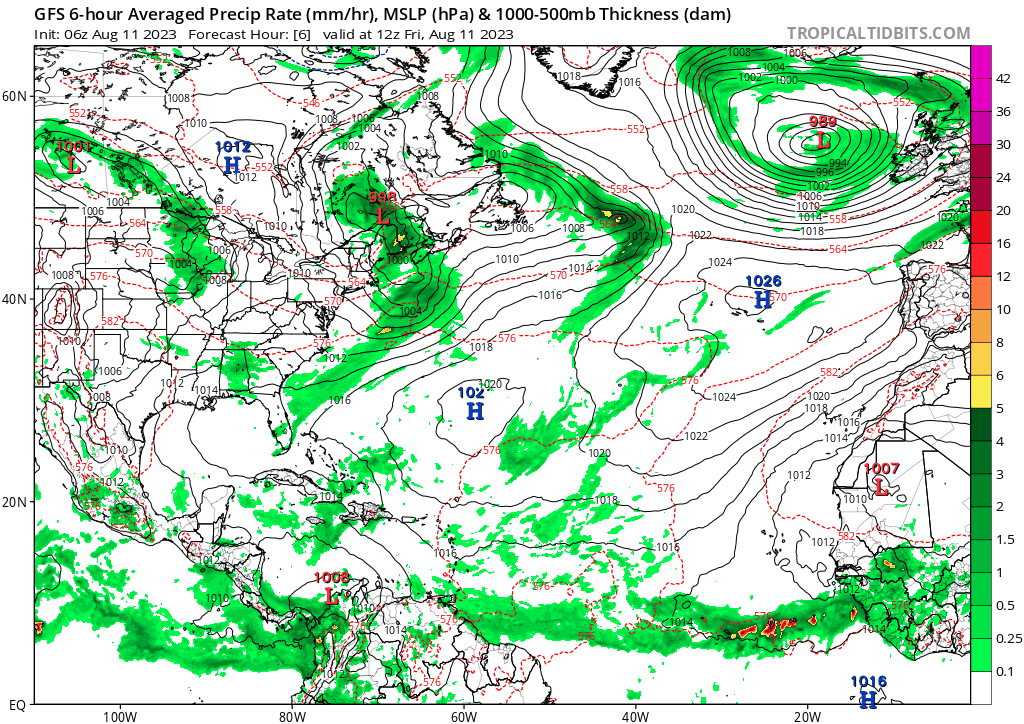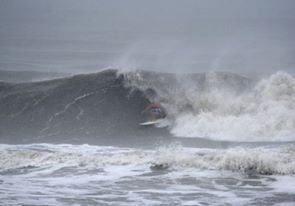Teban54 wrote:gatorcane wrote:The GFS continues to insist that the favorable conditions will be over the EPAC and not the Atlantic over the next 10 days. The upper-level flow it is predicting does not look favorable for significant development across the MDR. Strong westerly flow across the Gulf, Florida, the SW Atlantic, and the Caribbean. Day 10 below:
https://i.postimg.cc/mrqX9kXm/gfs-shear-atl-41.png
Question: If we always say GFS is on drugs whenever it's alone in showing favorable conditions and blowing up a model cane, why should we treat it as gospel when it's alone in showing unfavorable conditions and not developing systems that other models are at least showing hints of?
We shouldn't treat any model as gospel. However, there is verification data available that describes success ratios, etc.
A high false positive rate, does not necessarily correlate to a high false negative rate. I have seen data indicating the GFS (in the past), had a significant false positive, but false negative verification data is difficult to find.
https://yaleclimateconnections.org/2023/06/which-hurricane-models-should-you-trust-in-2023/<snip>
" The model with the highest success ratio (rewarding correct genesis forecasts combined with the fewest false alarms) was the European, followed by the UKMET, GFS, and Canadian models."
"The European model had the lowest probability of correctly making a genesis forecast – near 20% – but had the fewest false alarms. The GFS correctly made genesis forecasts 20 – 25% of the time but had more false alarms. The Canadian model had the best chance of making a correct genesis forecast but also had the highest number of false alarms. The take-home message: The Canadian model’s predicting genesis suggests something may be afoot, but don’t bet on it until the European model comes on board. In general, when two or more models make the same genesis forecast, the odds of the event actually occurring increase considerably."
















